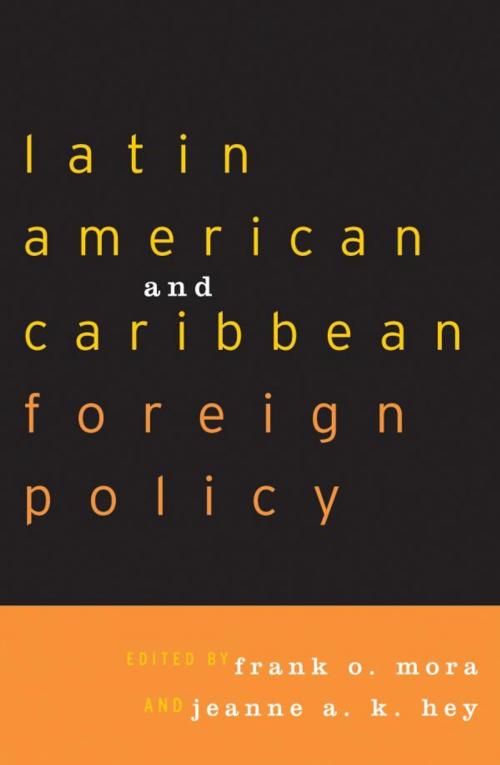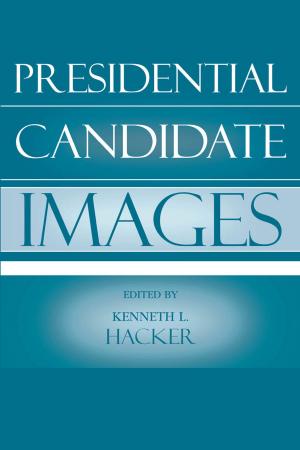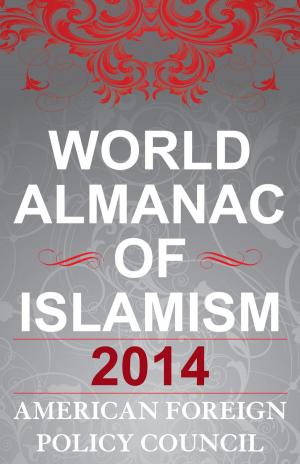Latin American and Caribbean Foreign Policy
Nonfiction, Social & Cultural Studies, Political Science, International, International Relations| Author: | JoAnn Fagot Aviel, Lincoln Bizzozero, Elsa Cardozo da Silva, Ana Covarrubias, H Michael Erisman, Damian Fernandez, Jose Augusto Guilhon Albuquerque, Jeanne A. K. Hey, Richard S. Hillman, Waltraud Quesier Morales, Jose A. Morande, John Peeler, Peter M. Sanchez, Anthony P. Spanakos, Arlene B. Tickner, Aldo C. Vacs, Howard J. Wiarda, Rubén Berríos | ISBN: | 9781461638636 |
| Publisher: | Rowman & Littlefield Publishers | Publication: | October 30, 2003 |
| Imprint: | Rowman & Littlefield Publishers | Language: | English |
| Author: | JoAnn Fagot Aviel, Lincoln Bizzozero, Elsa Cardozo da Silva, Ana Covarrubias, H Michael Erisman, Damian Fernandez, Jose Augusto Guilhon Albuquerque, Jeanne A. K. Hey, Richard S. Hillman, Waltraud Quesier Morales, Jose A. Morande, John Peeler, Peter M. Sanchez, Anthony P. Spanakos, Arlene B. Tickner, Aldo C. Vacs, Howard J. Wiarda, Rubén Berríos |
| ISBN: | 9781461638636 |
| Publisher: | Rowman & Littlefield Publishers |
| Publication: | October 30, 2003 |
| Imprint: | Rowman & Littlefield Publishers |
| Language: | English |
This comprehensive text analyzes the foreign policies of eighteen countries in Latin America and the Caribbean. First assessing the state of the discipline, the introduction develops a common framework that compares the relevant explanatory weight of foreign policy determinants at the individual, state, and international level for each country. Case studies include the major regional powers such as Mexico, Brazil, and Argentina, as well as less-studied players such as the Dominican Republic, Ecuador, and Uruguay. With its focused analytical questions and rich empirical description, this book allows readers to develop sustained comparisons across the full spectrum of Latin American foreign policy.
This comprehensive text analyzes the foreign policies of eighteen countries in Latin America and the Caribbean. First assessing the state of the discipline, the introduction develops a common framework that compares the relevant explanatory weight of foreign policy determinants at the individual, state, and international level for each country. Case studies include the major regional powers such as Mexico, Brazil, and Argentina, as well as less-studied players such as the Dominican Republic, Ecuador, and Uruguay. With its focused analytical questions and rich empirical description, this book allows readers to develop sustained comparisons across the full spectrum of Latin American foreign policy.















